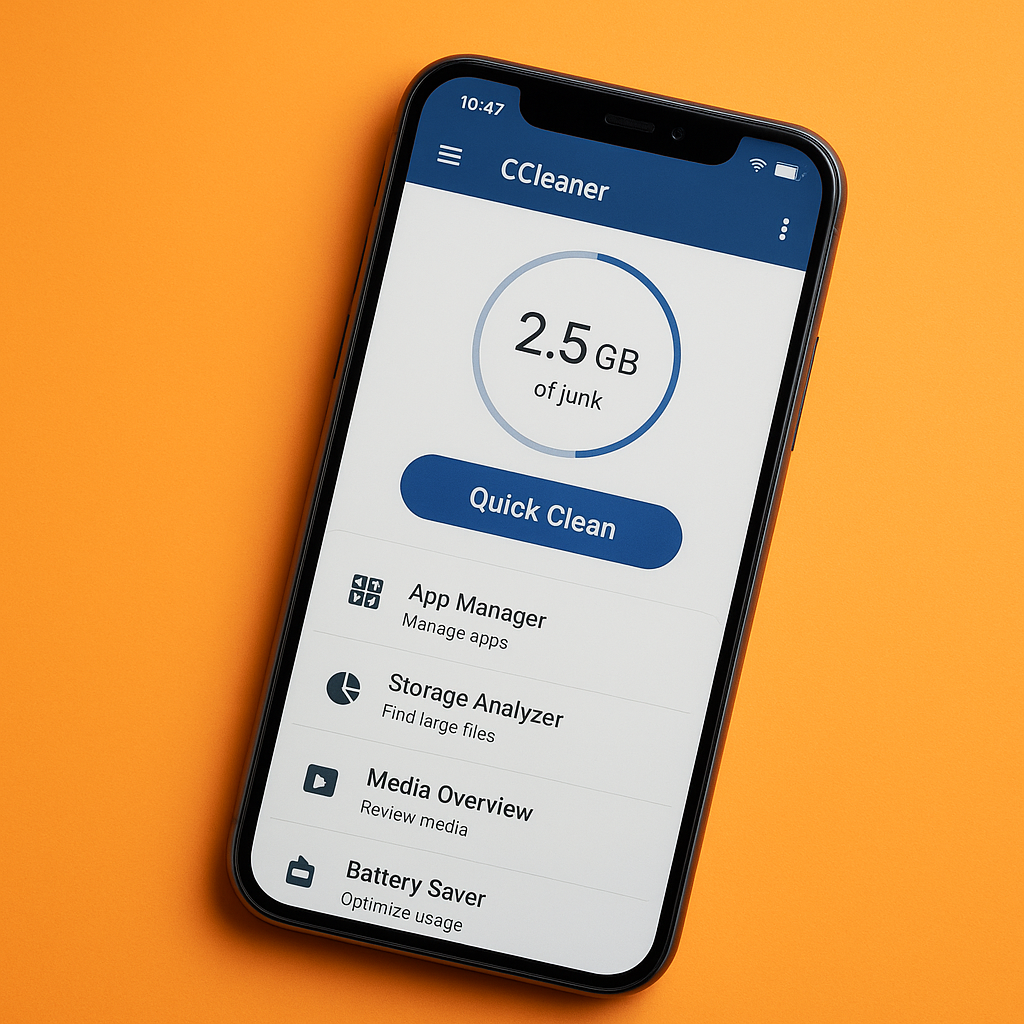First and foremost, it's important to understand that driving requires responsibility and constant attention. By following safe driving practices, you protect not only your life but also the lives of everyone around you. Therefore, staying focused and obeying traffic laws are essential steps.
Furthermore, many accidents could be avoided with small daily actions, such as maintaining a safe distance, signaling in advance, and avoiding cell phone use while driving. Therefore, adopting these measures can be the difference between a smooth ride and a dangerous situation.
Advantages of Driving Safely
First, driving safely significantly reduces the risk of accidents. This not only ensures your physical safety but also prevents financial losses from repairs and fines. In other words, your driver's license and your wallet will thank you.
Another positive aspect is the confidence you convey to other drivers and pedestrians. When you drive cautiously, you contribute to more organized and predictable traffic, promoting a calmer environment for everyone.
Practical Tips for Safe Driving
Staying calm in traffic is essential. In stressful situations, avoid impulsive reactions, as they can increase the risk of accidents. Therefore, taking deep breaths and remaining calm helps you make more informed decisions.
1. Respect the Speed Limits
Obeying speed limits is one of the most basic and effective rules for safe driving. These limits are set based on road conditions and are intended to protect all road users.
Therefore, by respecting these signs, you reduce the chances of collisions, especially in urban areas with a large flow of vehicles and pedestrians.
2. Wear your seat belt
Seatbelts are one of the most important safety features for vehicle occupants. They reduce the risk of serious injury in an accident and are required by law.
Therefore, always put on your seat belt before starting the car and make sure that all passengers are also wearing this equipment correctly.
3. Keep Your Distance from the Vehicle in Front
Maintaining a safe distance allows you to react more quickly to unexpected braking. This is especially important on rainy days or on high-speed highways.
Furthermore, this practice provides a more comfortable drive and prevents rear-end collisions, which are common and often avoidable.
4. Perform Regular Vehicle Maintenance
Checking brakes, tires, lights, and oil levels are all precautions that increase your car's safety. Preventative maintenance prevents mechanical failures that can put your life at risk.
Therefore, establish a checkup routine and follow the service schedule indicated by the vehicle manufacturer.
5. Avoid Distractions While Driving
Using your cell phone, eating, or even adjusting the radio while driving can distract you at critical moments. Distraction is one of the biggest causes of traffic accidents.
Therefore, keep your full focus on driving and, if you need to do something, stop the vehicle in a safe place first.
Importance of Good Practices in Traffic
Adopting safe habits shouldn't be an exception, but a rule. Coexistence in traffic depends on cooperation and mutual respect between drivers, cyclists, and pedestrians. Small actions make a big difference.
Frequently Asked Questions
Ideally, you should maintain at least two seconds of distance from the car in front. This allows time to react in the event of sudden braking.
Yes, the use of seat belts is mandatory for all occupants of the vehicle, including those in the back seat.
Get a good night's sleep before long trips, take regular breaks, and avoid driving for many hours at a time without rest.
Park your car in a safe place, signal with the triangle at an appropriate distance and call the emergency services.
Stay calm, avoid confrontation, and move safely away. Never respond to hostile behavior on the road.
Conclusion
In short, safe driving is a life-saving practice. Accident prevention starts with small choices made every day. Practicing defensive driving, obeying the law, and keeping your vehicle in good condition are cornerstones of responsible driving.
Therefore, be a role model on the road. Your responsibility can positively influence the behavior of other drivers and contribute to a safer and more humane environment on the streets and highways.






